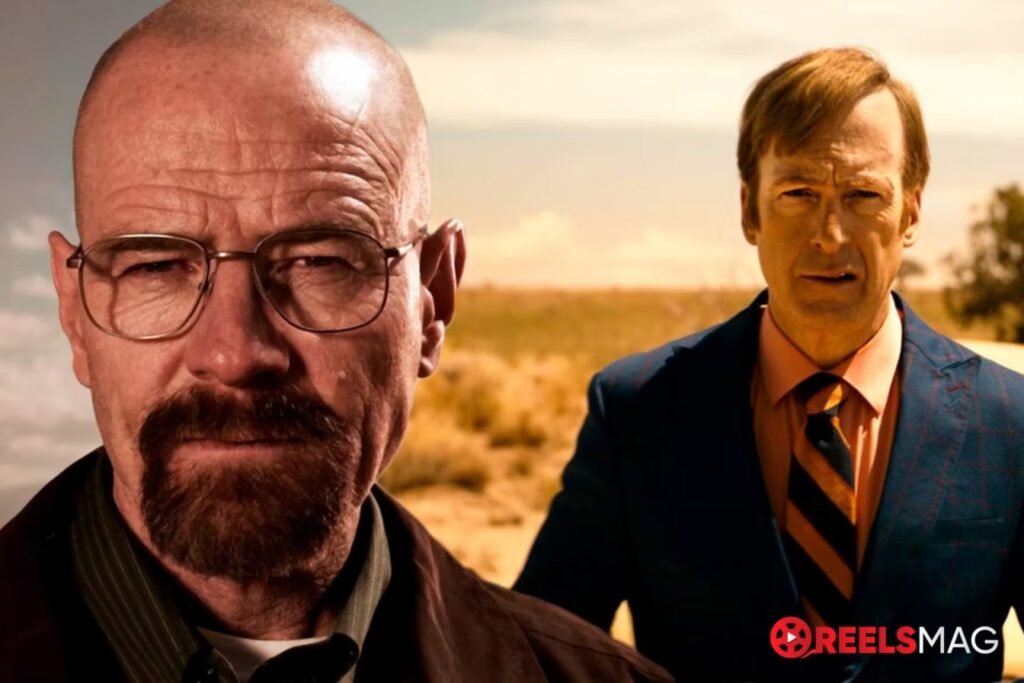Throughout its six-season run, Better Call Saul faced the challenge of living up to the monumental success of Breaking Bad. However, there was one standout moment where it surpassed its predecessor. Despite being centered around a comic relief character from Breaking Bad, Better Call Saul, under the guidance of Vince Gilligan and Peter Gould, carved its own distinct path and evolved into a remarkable series that transcended its prequel status. It defied expectations and became a compelling and unique story in its own right.
Throughout the run of Better Call Saul, both shows were on relatively equal footing. While Breaking Bad had its share of standout episodes, Better Call Saul proved to be consistently strong from episode to episode. However, it was in the ninth episode of Better Call Saul’s sixth season, titled “Fun and Games,” that the show truly surpassed its predecessor. In a bold and unexpected move, the episode propelled the storyline forward in time, witnessing Jimmy McGill’s complete transformation into Saul Goodman and seamlessly merging with the timeline of Breaking Bad. This decision was not only unexpected but also one of the most daring moves made by either show. Instead of merely leading up to Saul’s appearance in Breaking Bad, Better Call Saul fearlessly delved into the heart of its predecessor and pushed beyond its boundaries.
Why Better Call Saul S6 Ep 9 Was When It Got Better Than Breaking Bad

The decision to jump ahead in time in Better Call Saul seemed unusual initially, as it skipped what was expected to be the pivotal moments of Jimmy’s transformation into Saul. However, this choice turned out to be a stroke of genius because all the necessary character development had already taken place. Jimmy’s evolution into Walter White’s lawyer was not determined by one significant event but rather a culmination of countless small moments throughout his life. Recognizing that the character work was complete, Better Call Saul made a far more intriguing decision by avoiding the expected and taking a bold approach.
While Breaking Bad was renowned for its shocking twists, it was the time jump in Better Call Saul’s ninth episode of the sixth season, “Fun and Games,” that delivered the biggest surprise and elevated the prequel above its predecessor. Unlike most prequels, Better Call Saul successfully engaged the audience by centering the drama around new characters like Kim and Nacho, introducing uncertainty about their fates. Although the ultimate destiny of Saul was known, the show kept viewers guessing about Kim’s future and how it would impact him. With only four episodes remaining, the emotional impact of this unexpected ending was heightened, emphasizing the unpredictability and depth of the narrative.
Kim & Jimmy’s Breakup Set Up BCS To Have A Better Ending Than Breaking Bad

The relationship between Kim and Jimmy in Better Call Saul revealed that they were ultimately incompatible, with Jimmy amplifying Kim’s flaws. Kim’s decision to break up with Jimmy became the catalyst that set him on the path to becoming Saul Goodman, and the show recognized the significance of this moment. It marked the emergence of the fully formed Saul, positioning Better Call Saul to potentially deliver a more satisfying conclusion than Breaking Bad.
Each season of Better Call Saul commenced with a black-and-white flash-forward depicting Jimmy, now known as Gene, in a post-Breaking Bad era. However, season 6 deviated from this pattern, leaving viewers uncertain if the show would end with that scene or dedicate an entire episode to it. The actual outcome was far more daring, as the final four episodes delved deeply into Gene’s timeline. Better Call Saul took a surprising twist that caught everyone off guard, not for the sake of mere shock value, but to provide a stronger emotional foundation for the characters. This decision showcased the maturity and depth of the show, distinguishing it from other twists seen in Breaking Bad.
Better Call Saul took an unexpected approach by setting the majority of its final episodes after the conclusion of Breaking Bad, despite Jimmy’s fate being evident from the beginning. Prior to this, the sequel film El Camino appeared to be the sole post-Breaking Bad story. However, by utilizing Better Call Saul to wrap up the narrative, it not only served as a remarkable finale for its own series but also for the entire Breaking Bad universe. The cameos from Walt and Jesse could have been seen as mere fan service, but their appearances added depth to both shows and expanded the richness of the Breaking Bad world. These bold storytelling choices ultimately propelled Better Call Saul to surpass Breaking Bad, a remarkable achievement for Vince Gilligan and Peter Gould who successfully crafted two of the greatest shows of all time.
Source: ScreenRant

